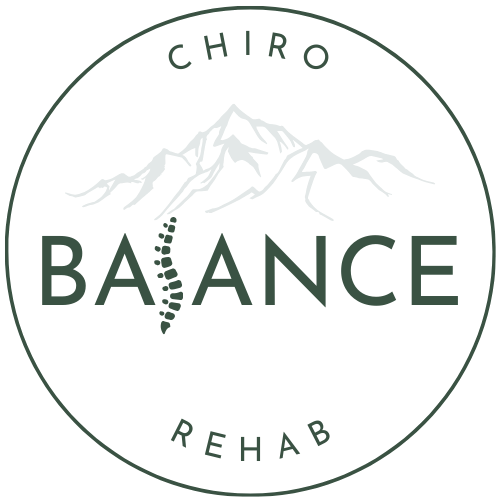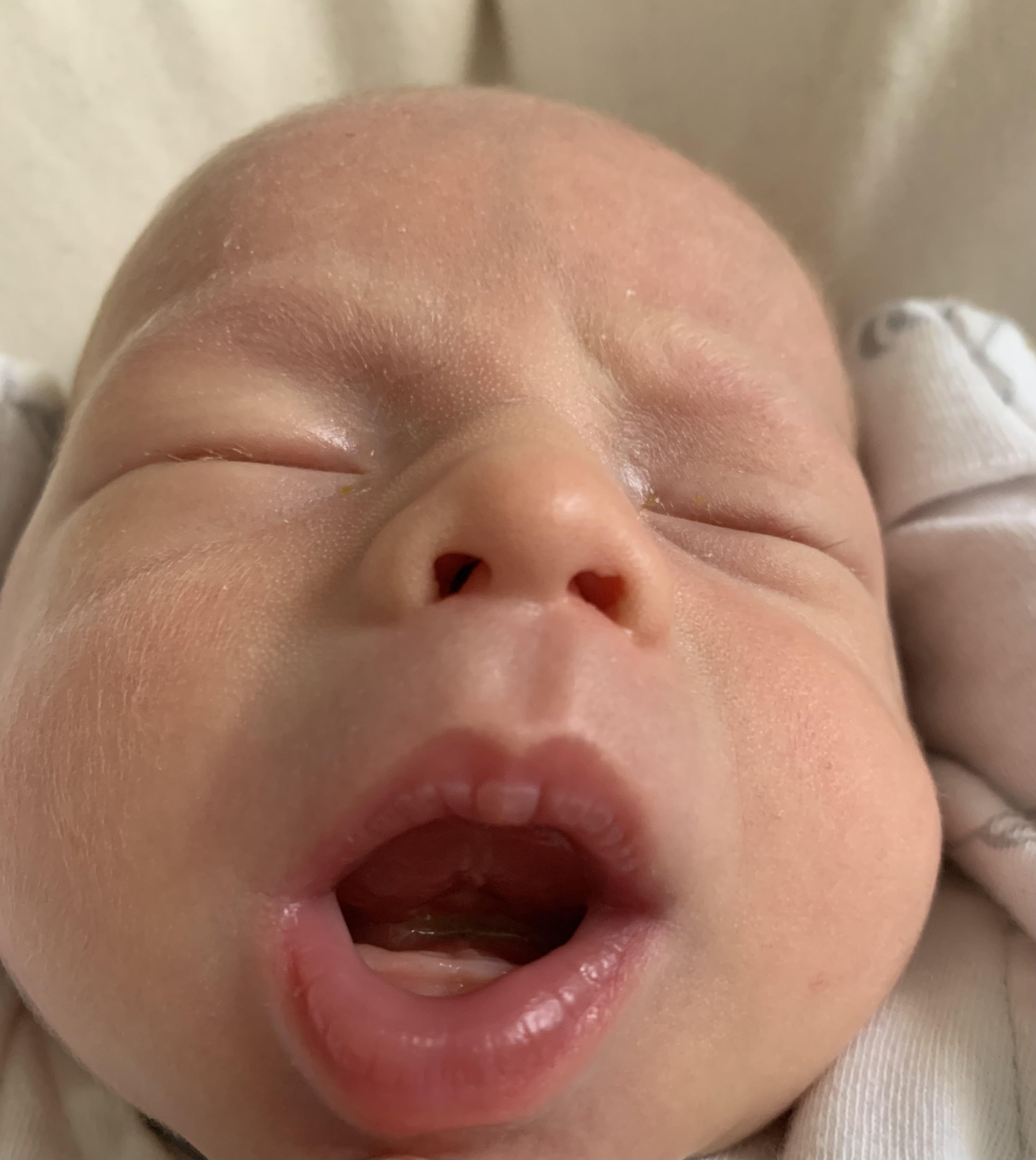Oral Ties, Babies and Adjustments- How They All Tie Together
Now, when I say I adjust babies… I get an occasional terrified, wide eye in response. Let me state that Pediatric Chiropractic adjustments DO NOT, I repeat… DO NOT look like adult adjustments! Adjusting a new born or infant can be one the most gentle and precious things those wide eyes would ever witness. A pediatric adjustment uses the little’s body weight and the pressure that you would use to test an avocado to see if it’s ripe to reduce tension. Most of the time they sleep through it, or to the happiness of many parents, it will commonly put them to sleep (although I joke that this is never guaranteed). Imagine how you feel when you nice therapeutic massage and imagine watching that feeling overcome a tiny little human. It’s adorable!
What Does Pediatric Chiropractic Look Like?
These little nuggets are held up in some pretty tight quarters for a hot minute and then brought into this world in a rather amazing, but intense fashion. It is common to see a kiddo with some tension patterns such as a preference to rotate or tilt their head one way, difficulty feeding, asymmetry in movements, preference for one breast over the other and the list goes on. These little babes don’t have years of poor posture, injuries or bad habits to undo so things tend to resolve pretty quickly. What takes us 4 visits with an adult could take 1-2 with a little tot! The key is educating parents. At-home massages, gentle stretching and even corrective exercises or modifying how parents are holding/carrying/laying down/playing with their little can make a huge difference and really help expedite treatment!
What is a tongue tie?
One of the hottest topics (especially in the newborn and feeding world) is TONGUE TIE. While the tongue gets all the attention, there can also be lip and buccal (cheek) ties. A tie is a thickened or restrictive tissue that connects two structures and impacts function. The important bit in determining whether or not a restriction is a problem is to assess it’s affect on function. This can be an overwhelming process for many parents as many are given conflicting opinions from different providers. By doing a thorough exam, reducing any contributing body tension and recommending out to professionals that work through a team approach, we can minimize the stress and anxiety that may come along with having a kiddo who is struggling. A release isn’t always necessary and EDUCATION is KEY! Here are a few concerns that parents throw out that que me into suspecting oral tension:
-Difficulty feeding on one (or both) breast(s)
-Gassiness or discomfort/difficulty passing gas
-Stretching excessively/constantly
-Being able to hold head up since birth
-Hates tummy time
-Spitting up/reflux
-Clicking with feeding
-Pain with feeding
-Frequently falling asleep at the breast/when feeding
-Hiccupping a lot in-utero and out in the world
-Chomping down with feeding
-Retracted chin
-Body tension- flinging/ constantly arching
-C-Shaped torso
-Frequently congested
-Strong gag reflex
-Open mouth posture
… and many more!
After a THOROUGH exam and treatment- homework is given (as needed), follow-ups with any necessary referrals are recommended (such as IBCLS, Pediatric Dentists, etc.) and parents are emailed a summary of findings and recommendations. If after a few visits consisting of light body and oral work the tension patterns and symptoms are no longer a concern, GREAT, we are good to go! For the littles with more pressing concerns, a SHORT trial of care is recommended to determine if there is strictly body tension from in-utero positioning, other environmental contributors or if there is something else at play (ex. functionally problematic oral tension). If tension patterns are alleviated with care, only to come back- this is a good sign that there is an underlying cause for the tension and it is compensatory. Even if this is the case and a release is necessary, bodywork should be completed prior to and post-release to help optimize results by allowing full range of motion and decreasing the likelihood of re-adhesion to the degree that function is once again impacted.
Dr. Dani discusses all options, coordinates with other care providers and honors the decision of parents as it is their right to determine what is best for their child. By working with parents to help reduce any concerns they have, providing answers, support and resources; Dr. Dani strives to help parents finally fall into a sustainable routine with their kiddo and feel as though they have a care team and support system that cares about them and their goal to do what is best for their child. Please reach out if you have any questions, comments or concerns!
Hi there!
My name is Dr. Dani and I’m an In-Home Chiropractor to busy individuals and families within the Denver Metro area. I love working with the pregnancy, postpartum and pediatric populations and strive for quality care through extended appointment times, follow-up recommendations and education so that you can feel both empowered and cared for! I truly just love supporting women!
Questions? Comments? CONTACT ME
Need some bodywork? BOOK HERE
Love the info and want to leave a review!? LEAVE A GOOGLE REVIEW
Looking for the fun stuff?
Instagram: @balance.chiro.and.rehab
YouTube: Dr. Dani Engle
Check out more information about Dr. Dani and what Balance Chiro and Rehab offers to those in the Denver Metro area (and surrounding areas) HERE.


